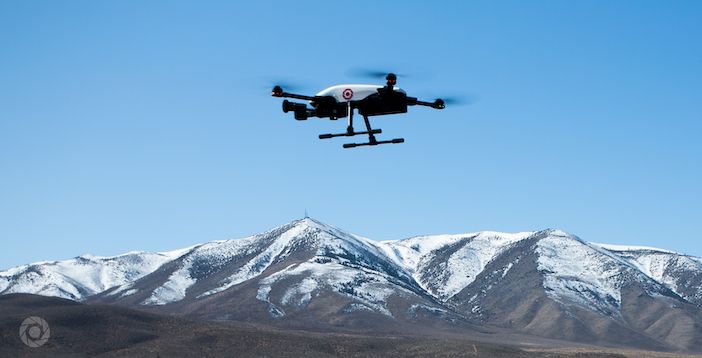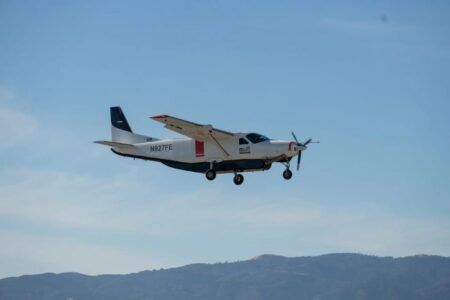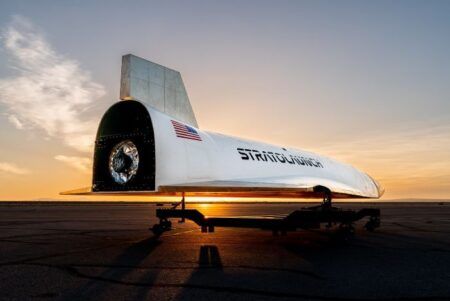Avionics supplier Becker and autonomous detect and avoid technology developer Iris Automation are to partner on the development of develop a non-required safety enhancing equipment system to detect and warn pilots of nearby, potentially threatening aircraft.
The collision avoidance safety system will use computer vision and machine learning to detect when another aircraft is approaching from outside the pilot’s field of view, and poses a risk to the equipped aircraft, issuing 3D audio warnings.
The solution will combine Iris Automation’s patented Casia detect and alert technology with Becker Avionics’ communication and navigation equipment expertise for both crewed and uncrewed airborne applications.
The Iris Automation/Becker Avionics opto-electric/audio system will monitor airspace in visual flight conditions independently, onboard the pilot’s aircraft, even if ADS-B or TCAS signals may be unavailable. It supplements pilots’ situational awareness, whether in the cockpit or remote, during instrument scans or other parts of the airspace. By providing warnings in time to take appropriate actions to avoid potential collisions, the system will aim to improve safety with minimal impact on pilot workload.
Many aircraft are equipped with radio-based signalling technology (ADS-B) to avoid mid-air collisions. But in some airspace, traditional ADS-B signals are not available, increasing the workload on a pilot to monitor for incoming aircraft.
According to the USA’s Bureau of Transportation Statistics, 1450 near mid-air collisions were reported from 2016-2020. 82% of mid-air collisions occur from the rear, states the AOPA Air Safety Foundation (ASF). This risk is especially acute for the US$48 billion helicopter market, with over 38,000 aircraft in service worldwide.
Roland Becker, Chairman of Becker Avionics, said, “Becker Avionics has provided reliable aviation equipment for 65 years, enabling regulatory compliance and aviator safety. Partnering with an innovator like Iris Automation will allow our customers to exploit advanced technology to fly safer, especially as airspace congestion increases. Client interest in this kind of solution is very high, and our ability to service both their cockpit and remote pilot safety needs is unique in the industry.”
Jon Damush, CEO of Iris Automation said, “This relationship is a pivotal move for Iris Automation as it defines and accelerates our work in the general aviation space. Our core mission is to improve air safety by avoiding collisions and this extension of our technology is a natural evolution. We are excited to be able to work with one of the most storied brands in the industry to deliver this important innovation.”
Related Stories
Flight testing autonomous detect and avoid technology for drones
Podcast: Jon Damush, CEO, Iris Automation
Iris Automation to release Casia X 360˚ detect and avoid system for drones next month





